Aluminum Sheet VS Aluminum Foil
What are the similarities and differences between aluminum sheet and aluminum foil
Aluminum plates and aluminum foil are both made from aluminum, a versatile and widely used metal. However, they have distinct characteristics and applications due to their differences in thickness, form, and usage. Here are some similarities and differences between aluminum plate s and aluminum foil :
The similarities between aluminum plate and aluminum foil:
Material: Both aluminum plates and aluminum foil are made from the same material, which is aluminum. Aluminum is known for its lightweight, corrosion resistance, and good thermal conductivity.
Conductivity: Aluminum is an excellent conductor of heat and electricity, which makes both aluminum plates and foil useful in various applications where heat transfer or electrical conductivity is important.
Malleability and Ductility: Aluminum is highly malleable and ductile, allowing it to be easily formed into different shapes. This property is essential for both plates and foil.
The difference between aluminum plate and aluminum foil:
Thickness: One of the main differences between aluminum plates and aluminum foil is their thickness. Aluminum plates are relatively thick, typically ranging from 6mm to several centimeters, while aluminum foil is extremely thin, usually measured in micrometers (µm) or mils.
Form and Usage: Aluminum plates are typically used in applications that require structural strength and support, such as construction, aerospace, automotive parts, and heavy machinery. They provide mechanical stability and durability. Aluminum foil, on the other hand, is primarily used for packaging, insulation, cooking, and other applications where its thinness and flexibility are advantageous.
Flexibility: Aluminum foil is highly flexible and can be easily bent, folded, and wrapped around objects. This flexibility allows it to be used for wrapping food, lining containers, and creating barriers to light, moisture, and gases. Aluminum plates are ri gid and not suitable for the same types of applications that require flexibility.
Surface Finish: Aluminum plates often have a smoother and more finished surface compared to aluminum foil, which is intentionally manufactured to be very thin and may have a slightly textured surface.
Applications: As mentioned earlier, aluminum plates find use in structural applications, while aluminum foil is used for packaging (food, pharmaceuticals, etc.), insulation, cooking, and various industrial applications.
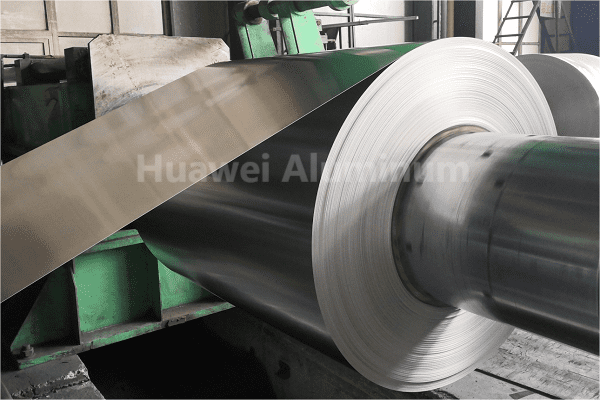
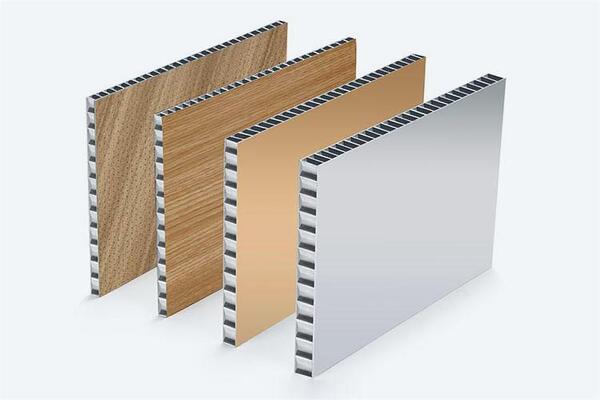
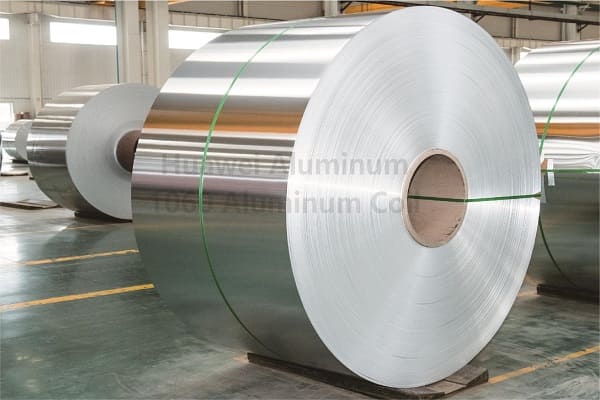
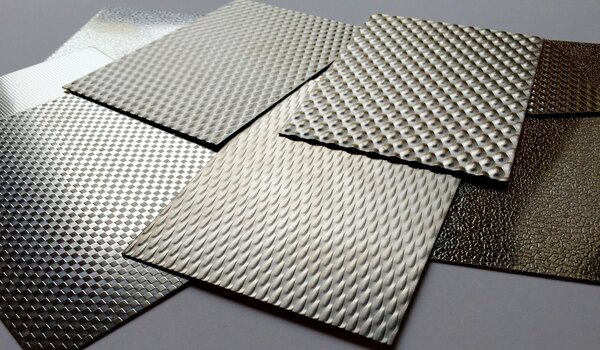
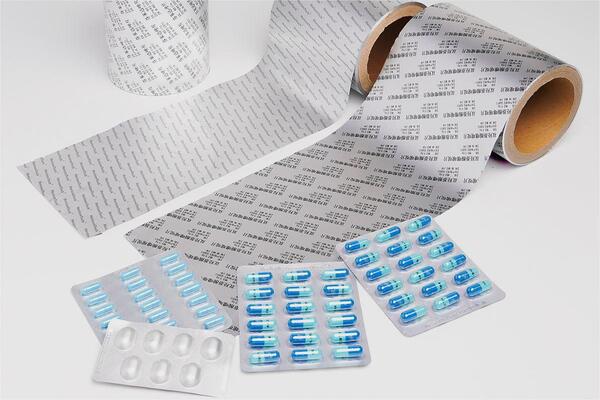




Leave a Reply